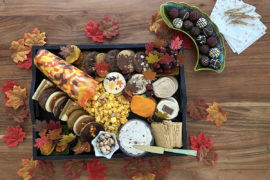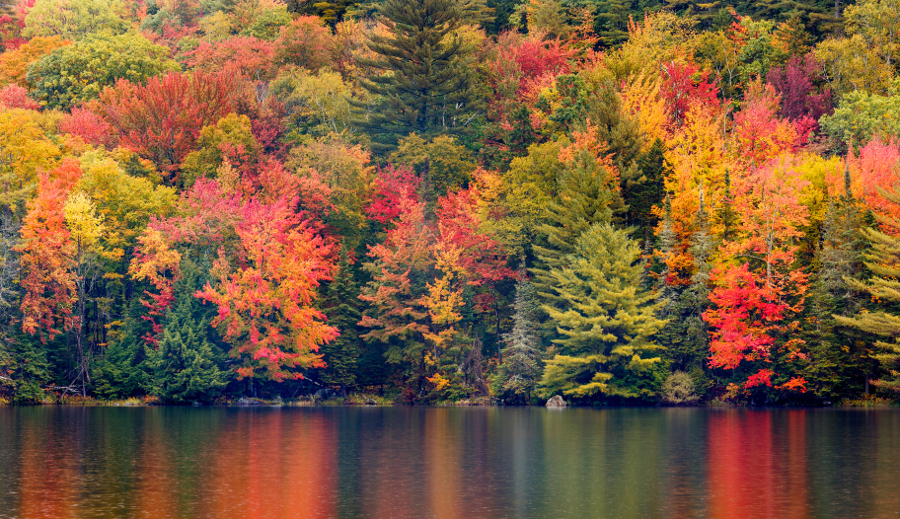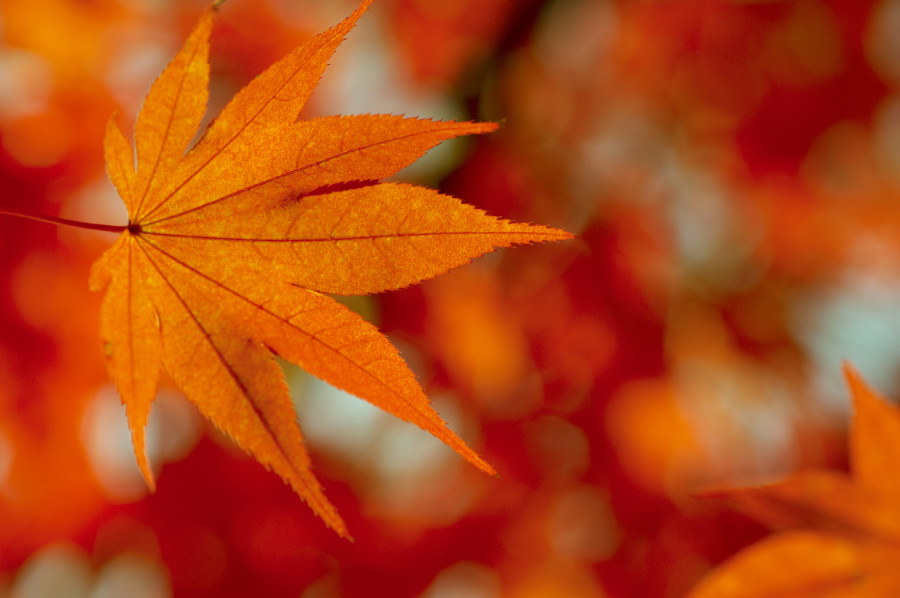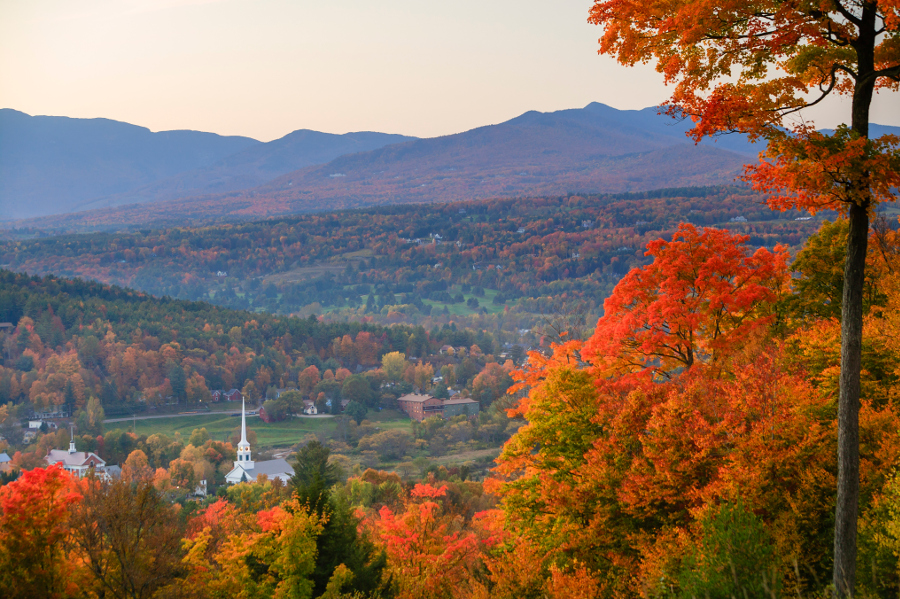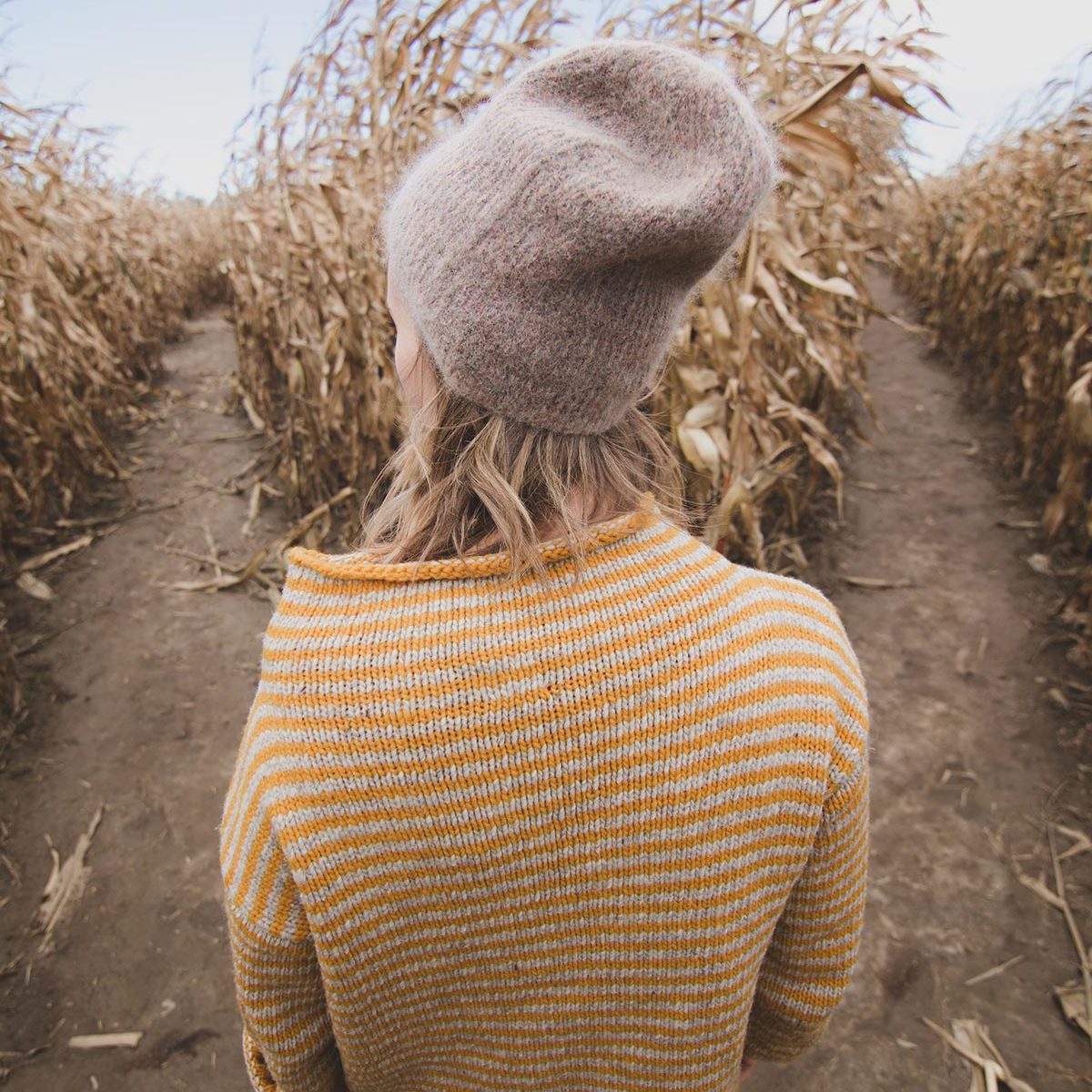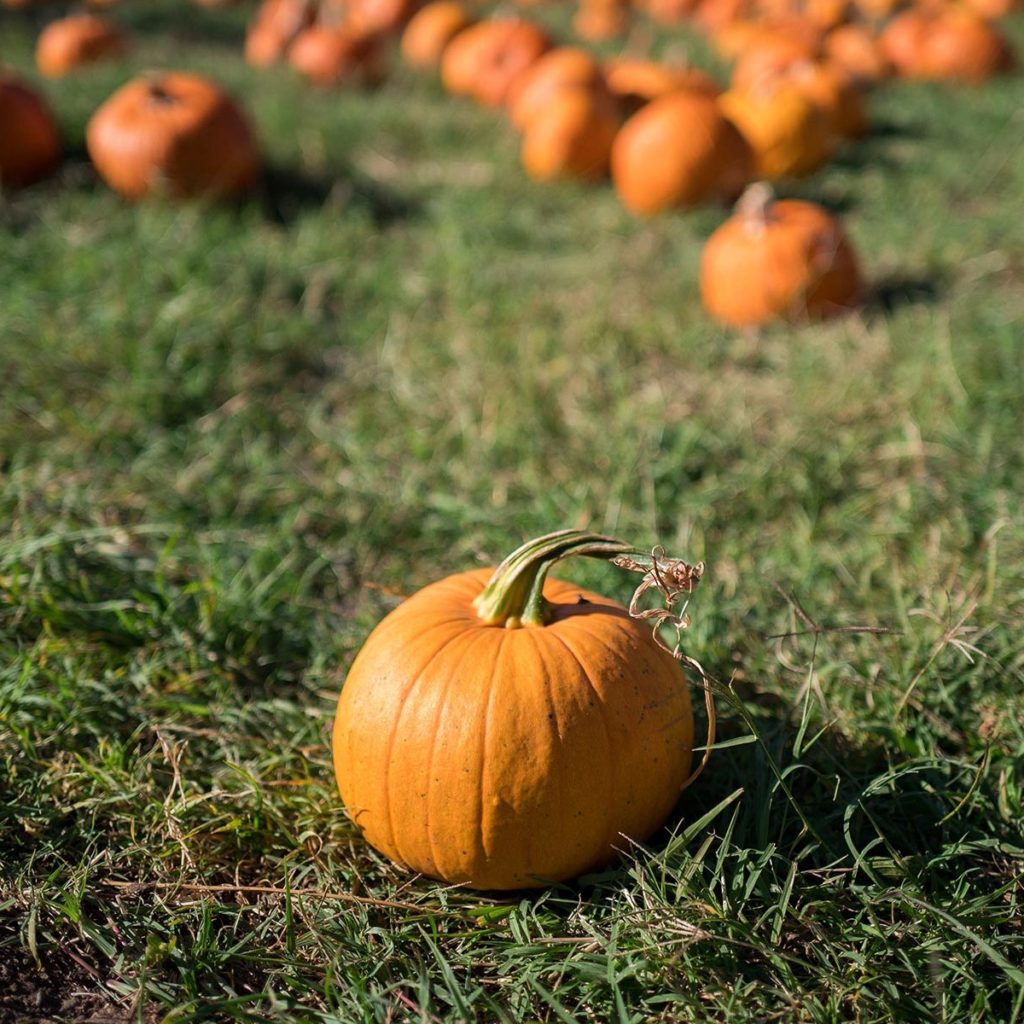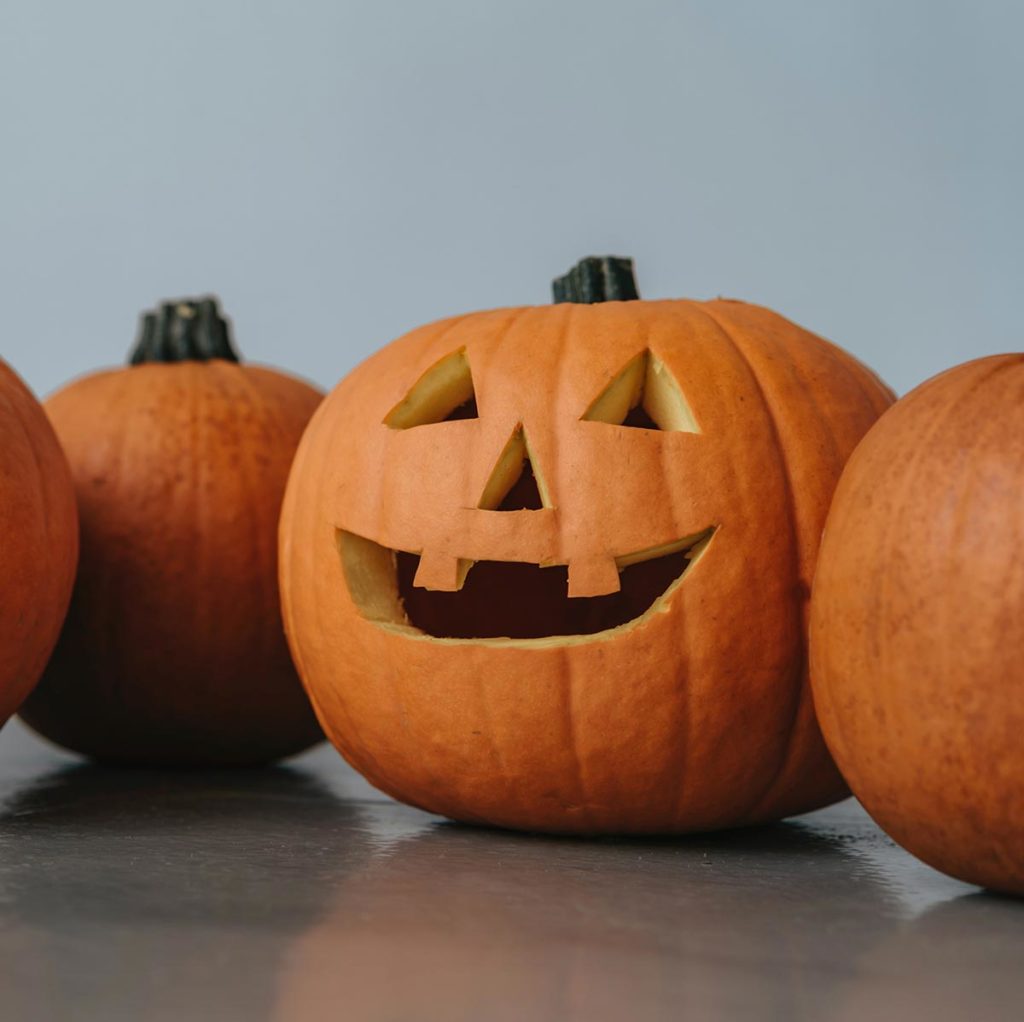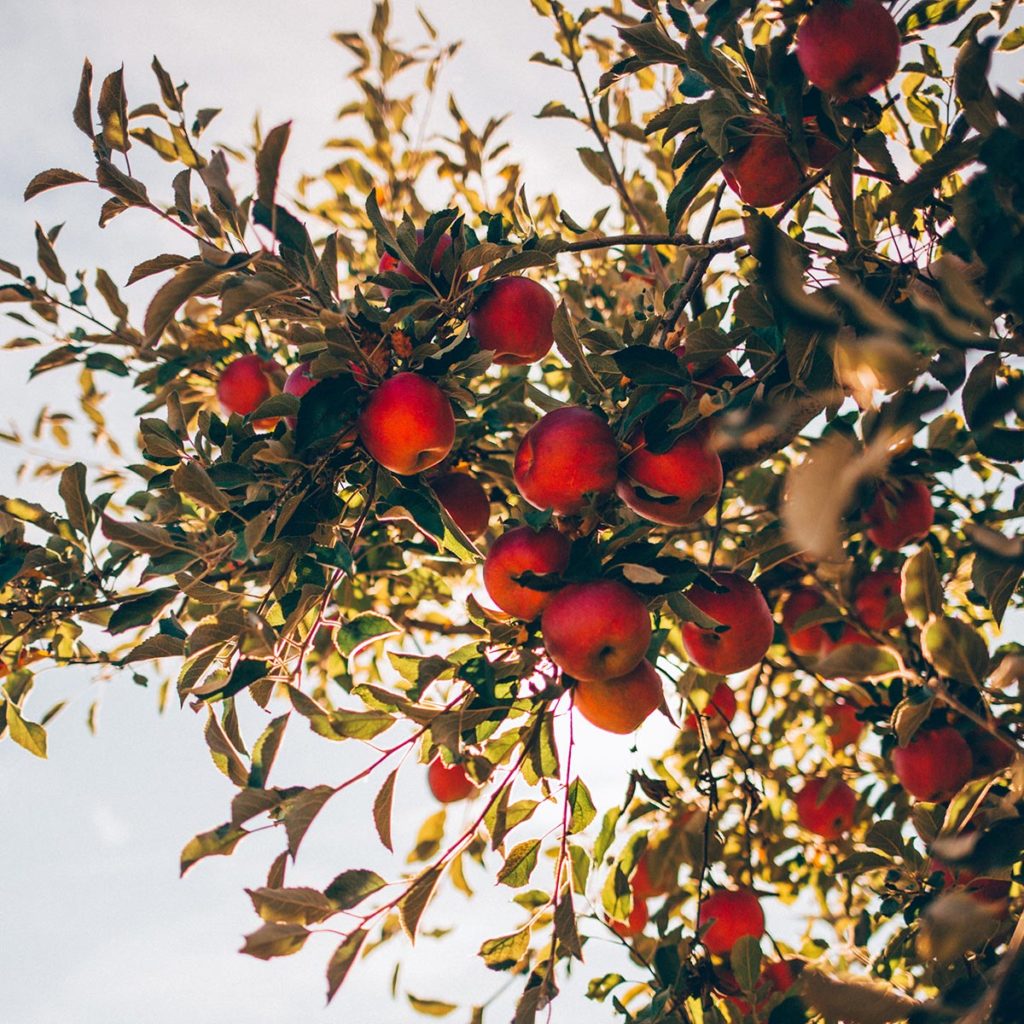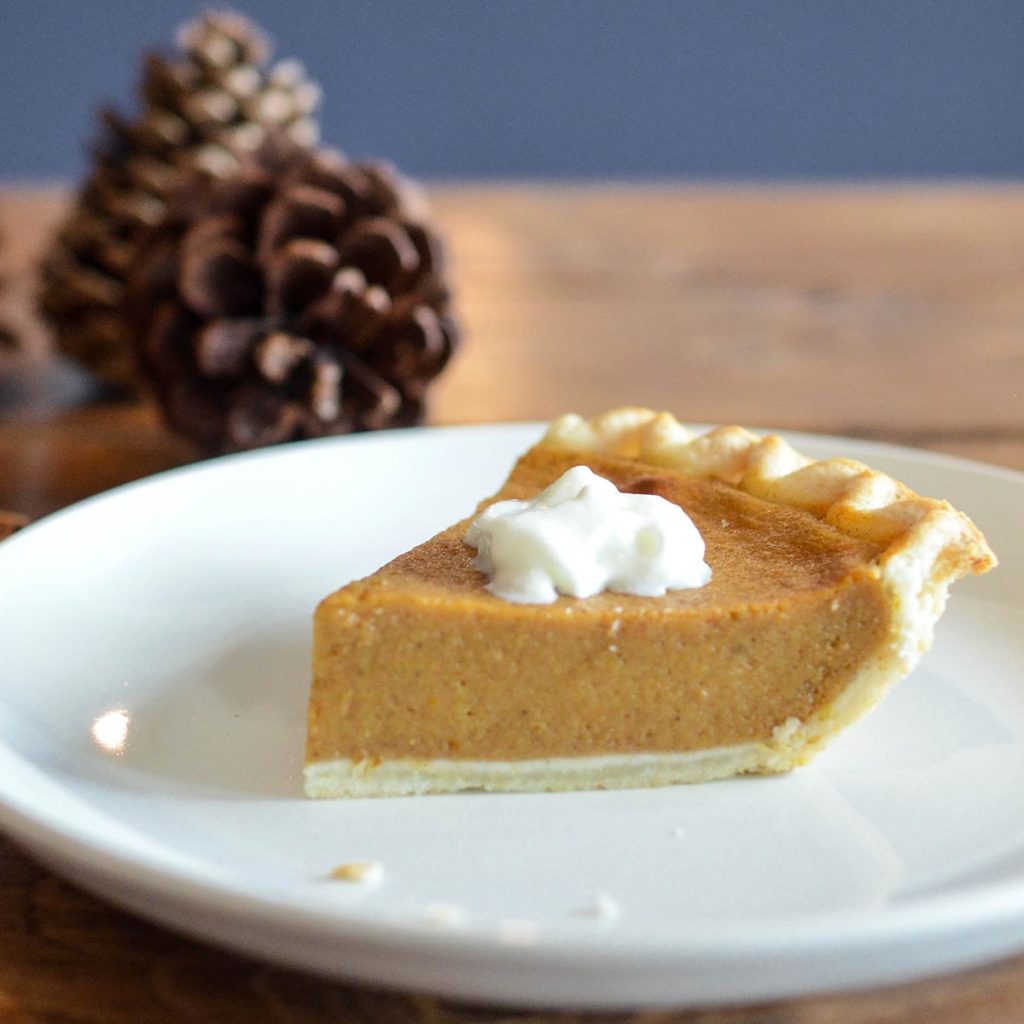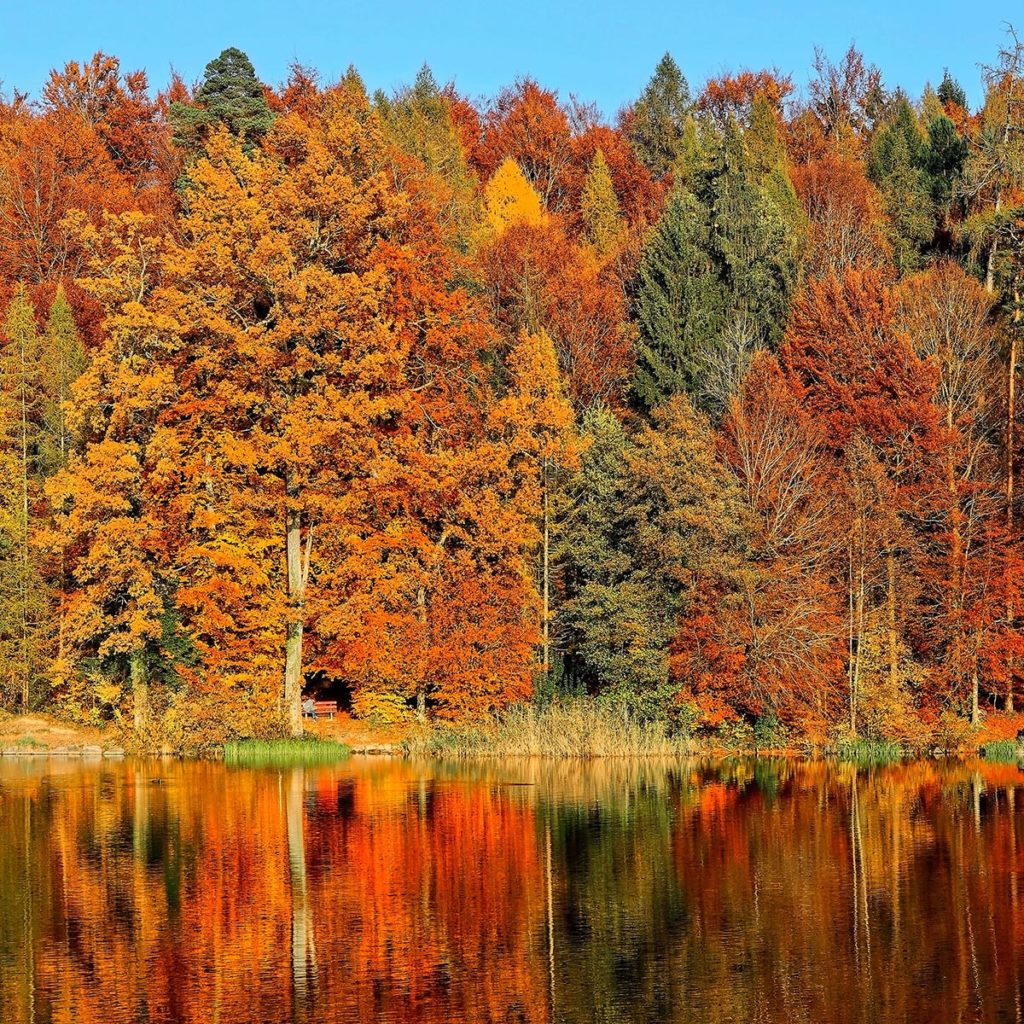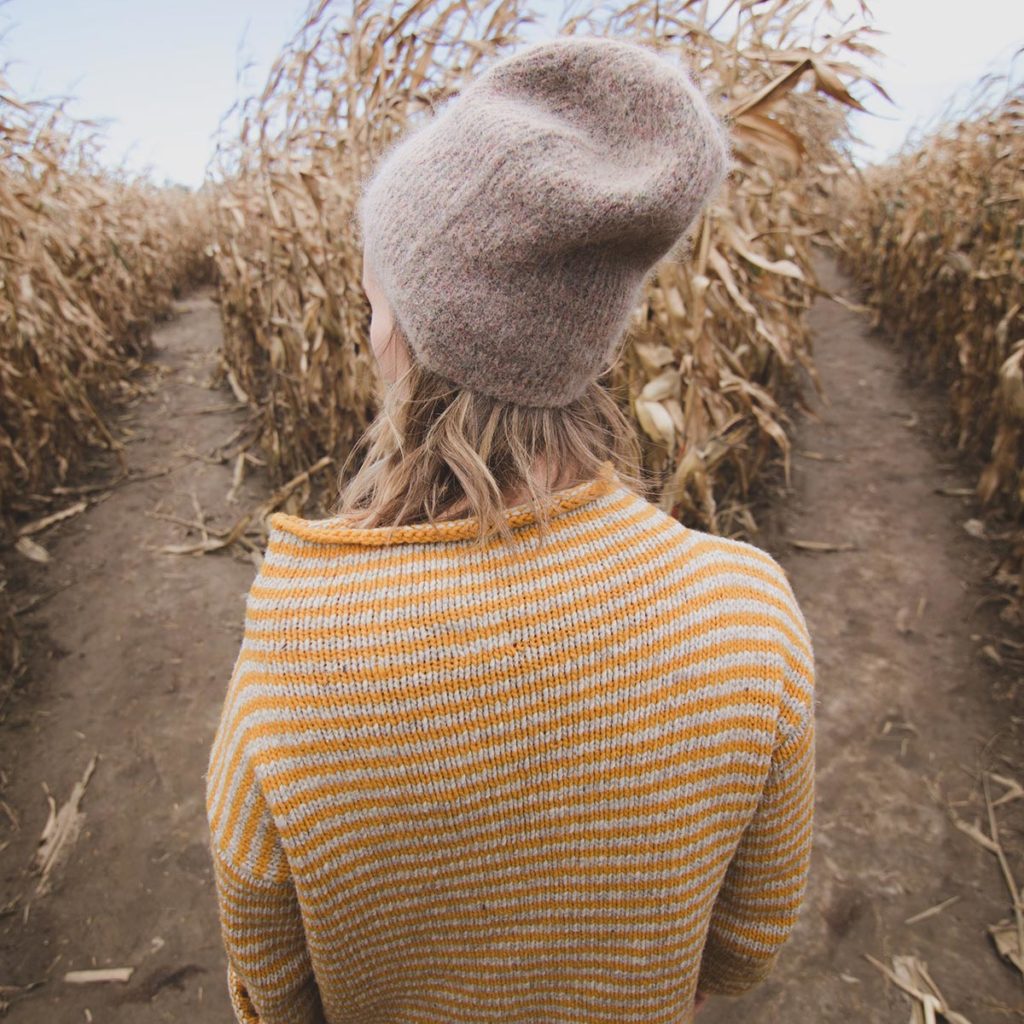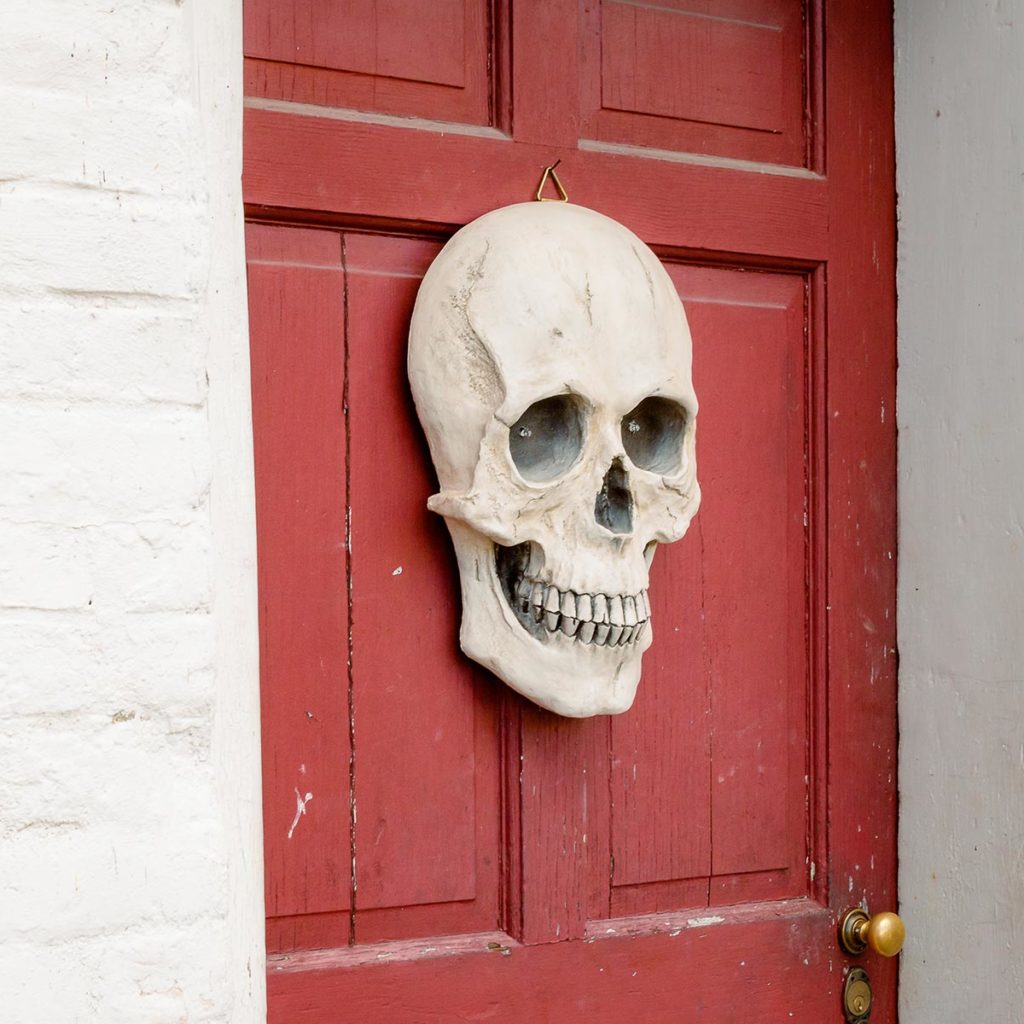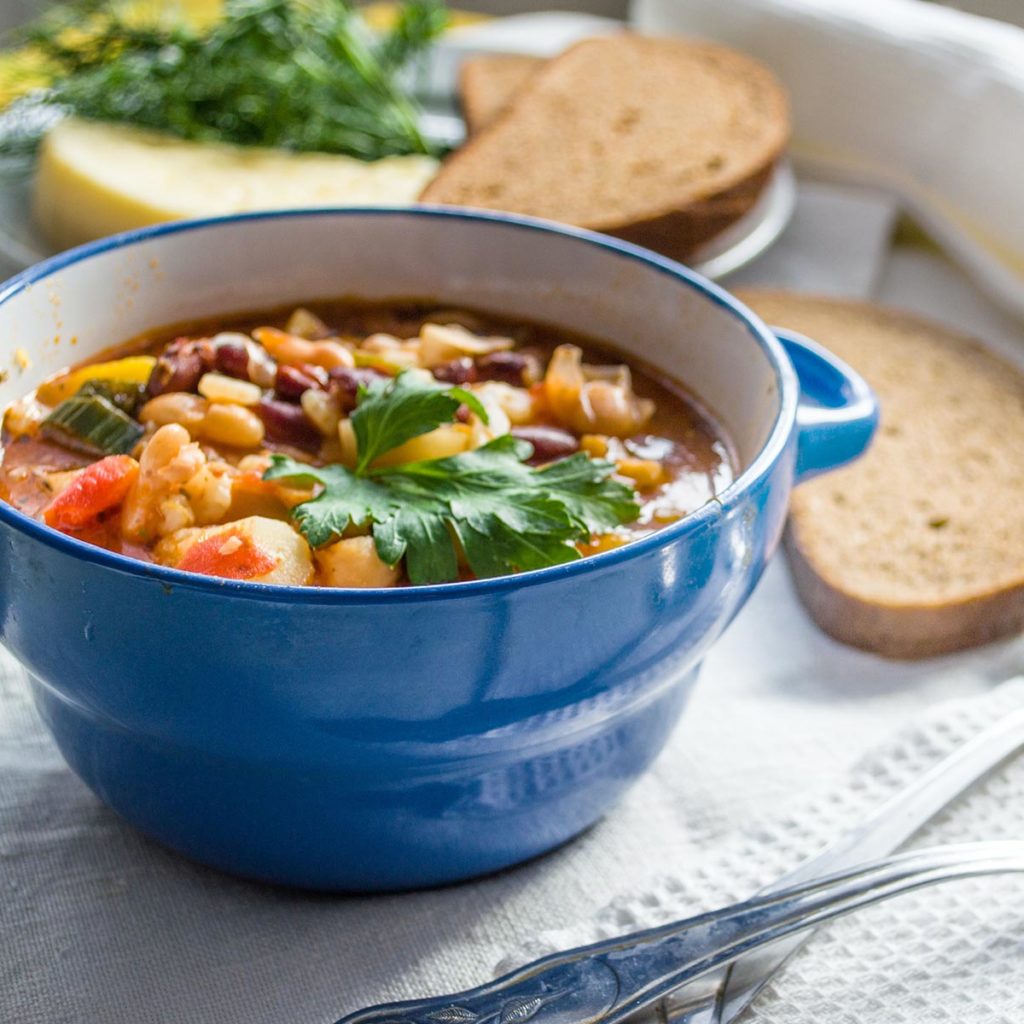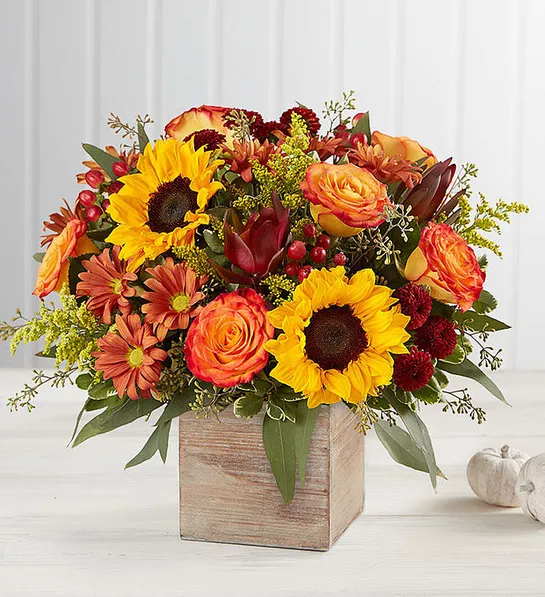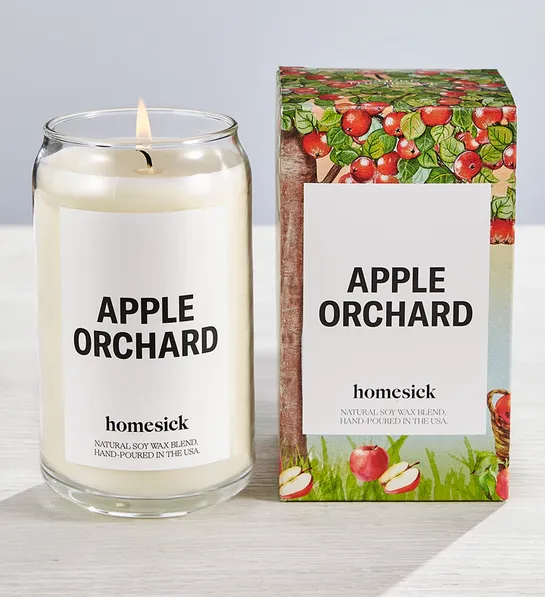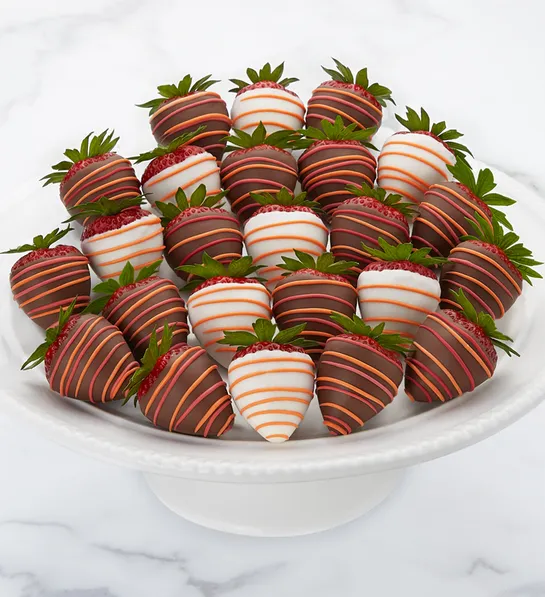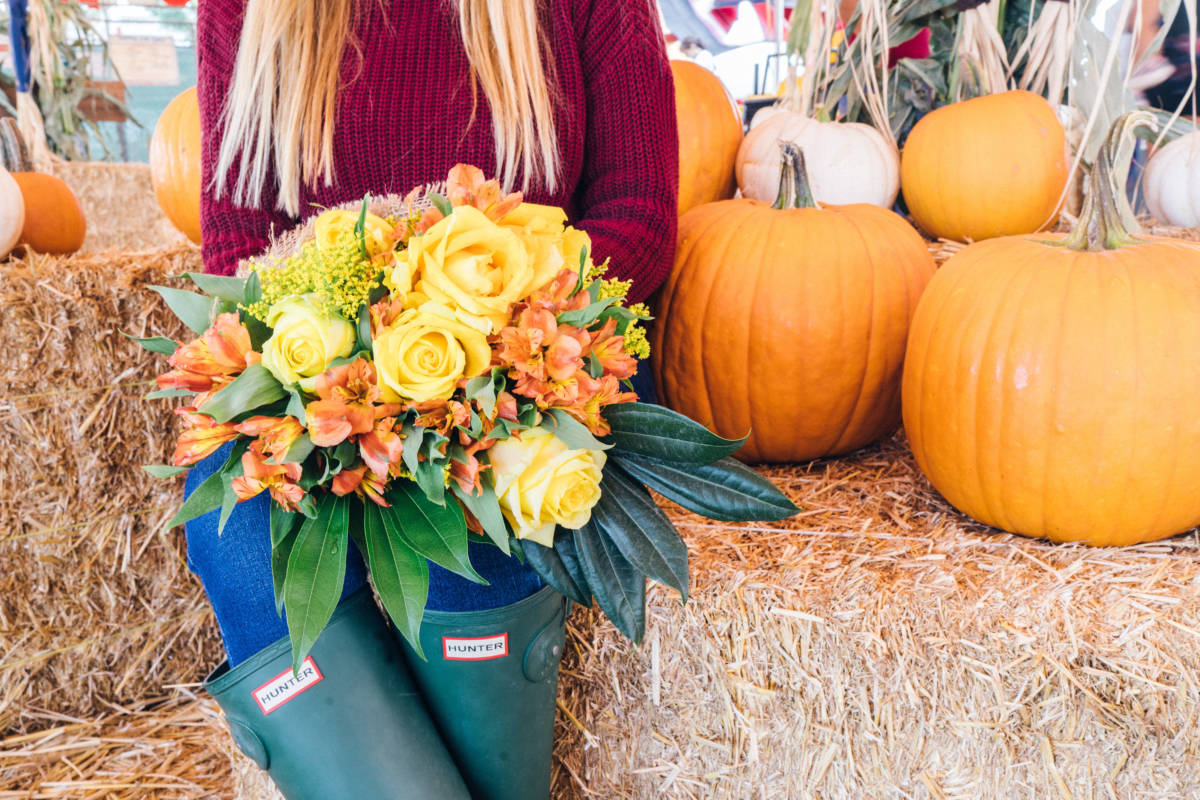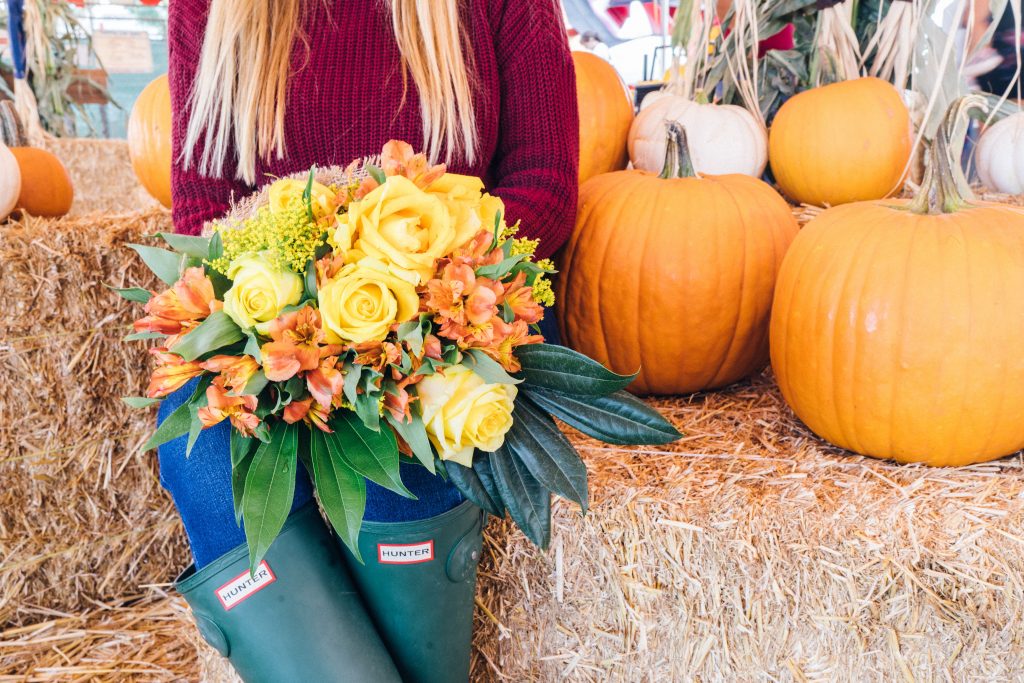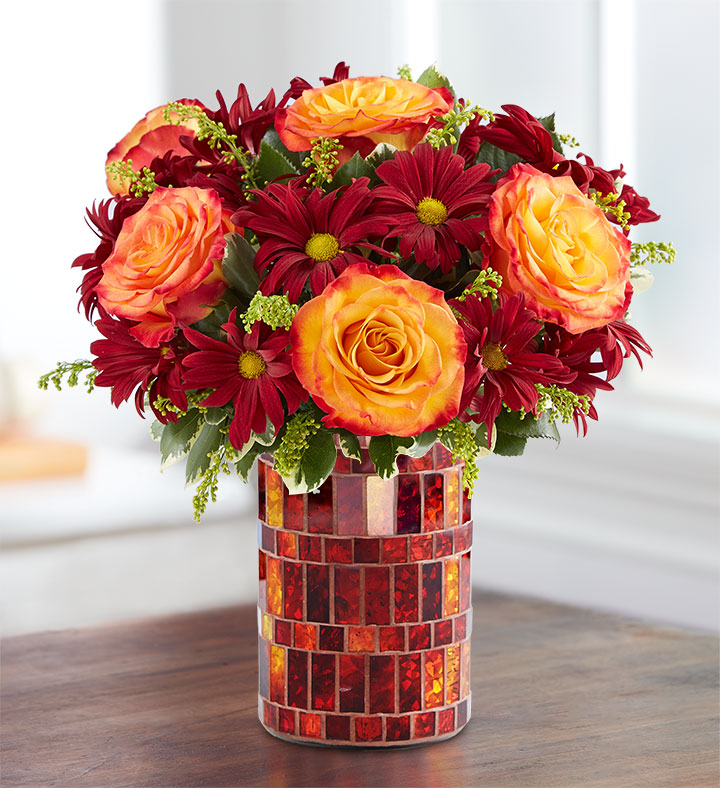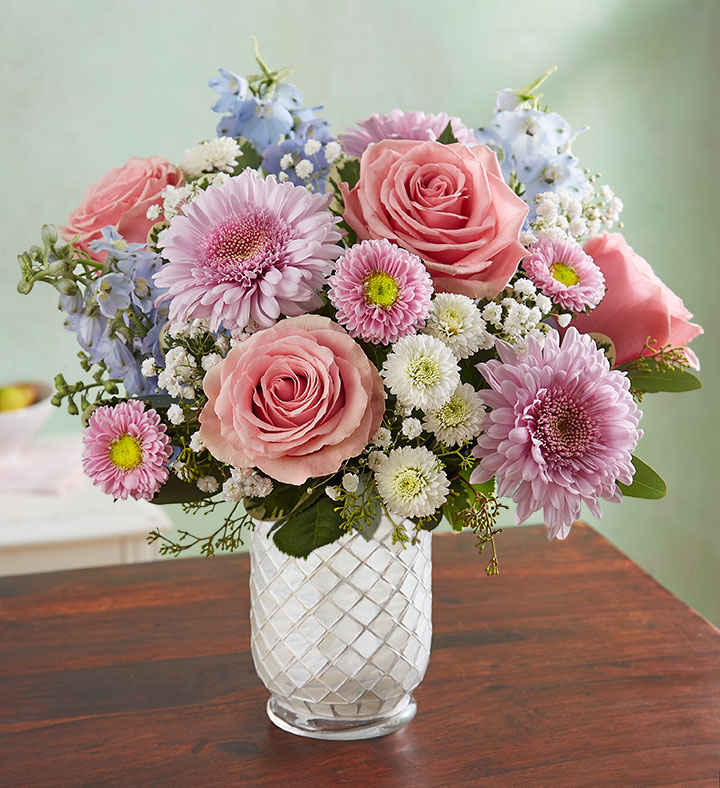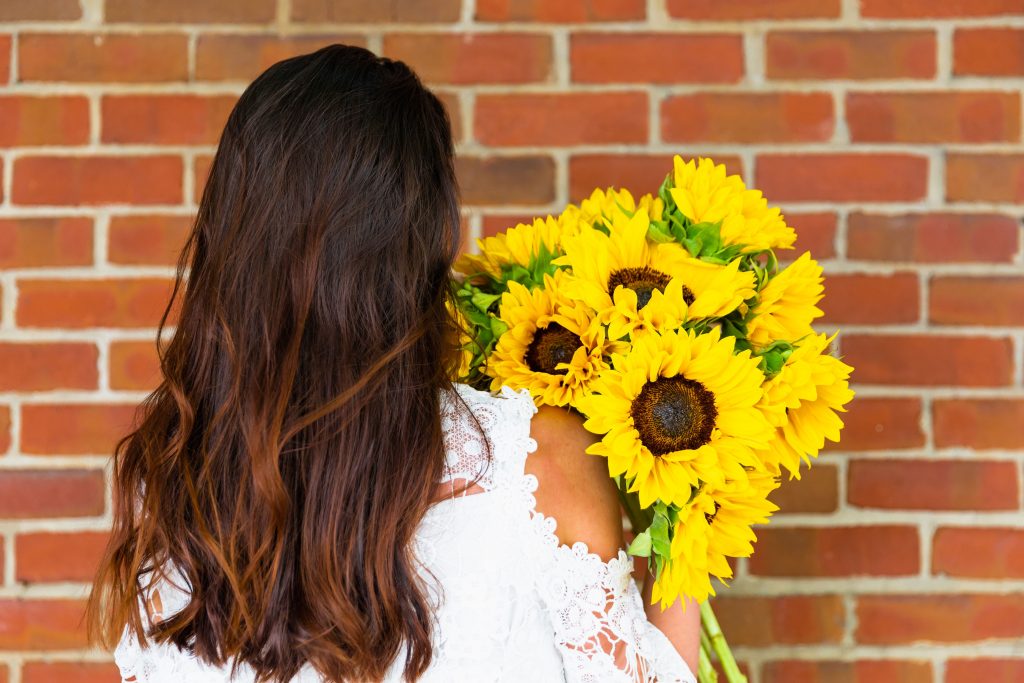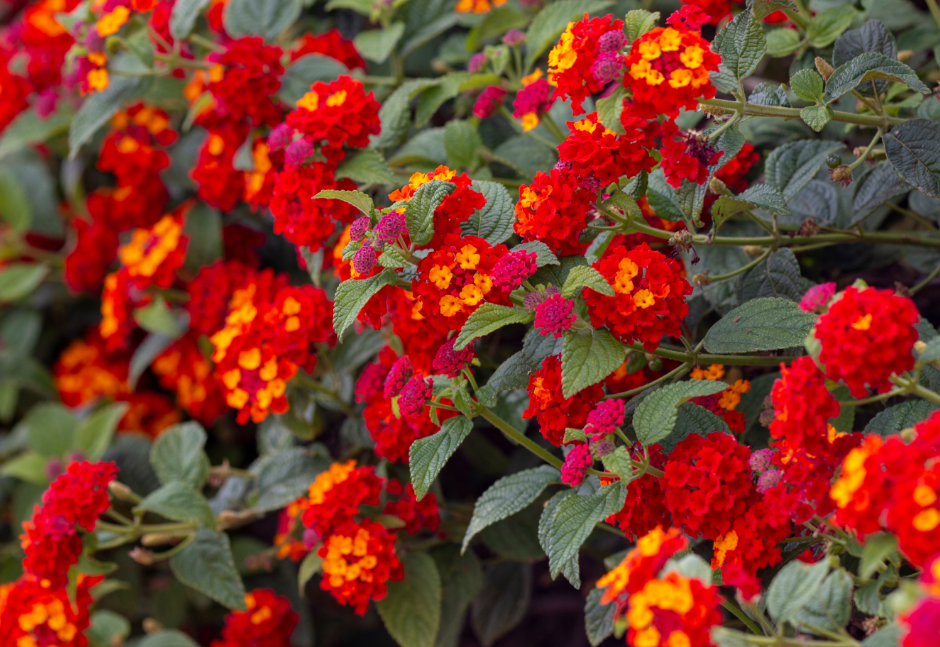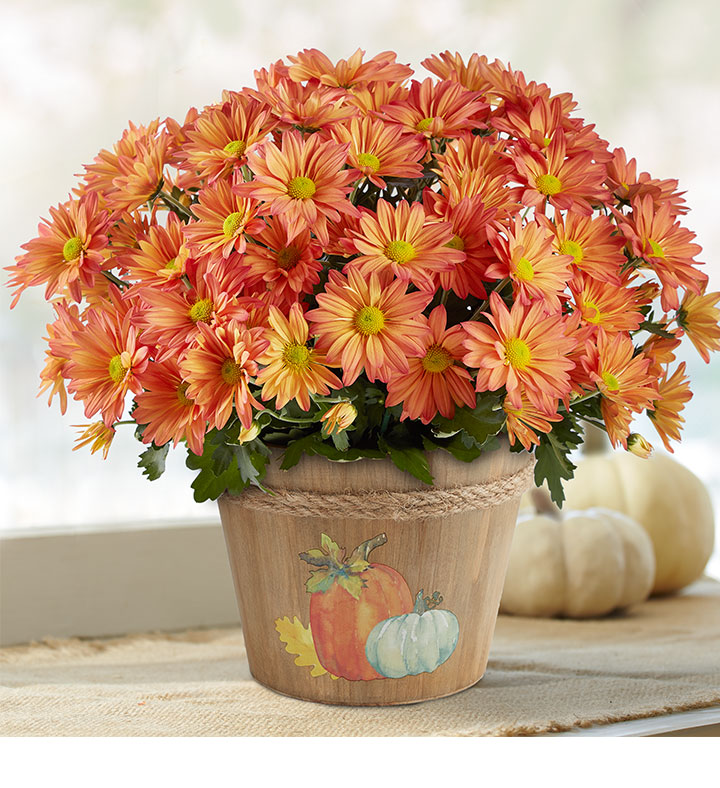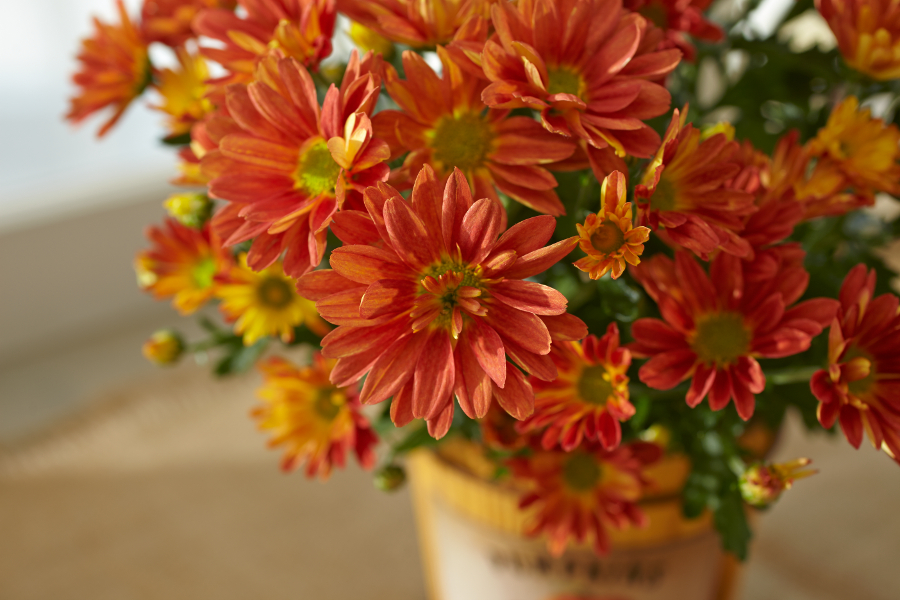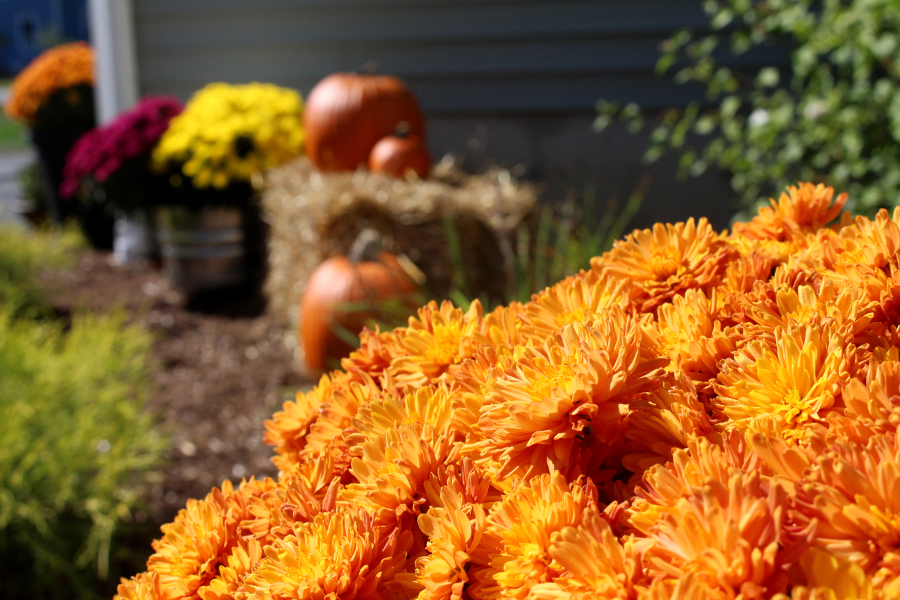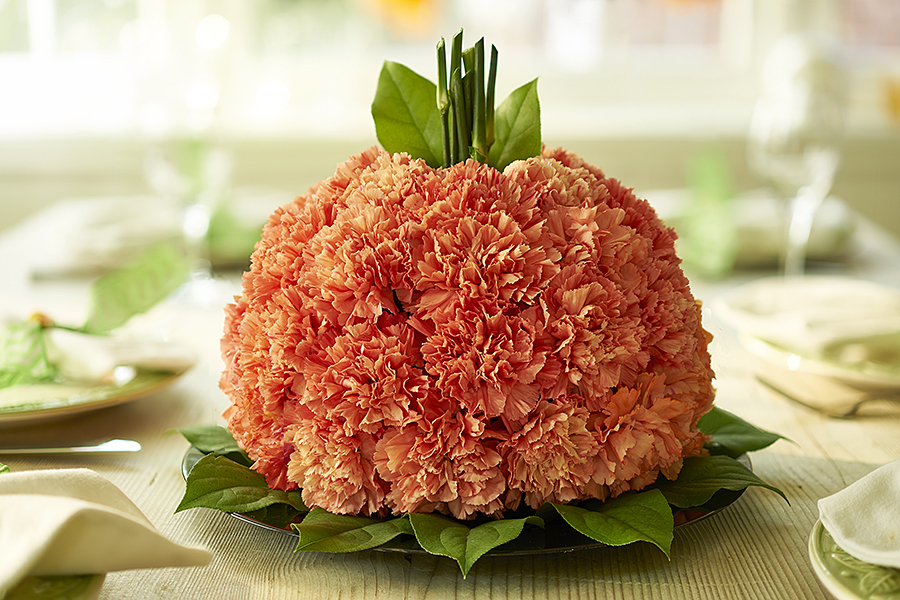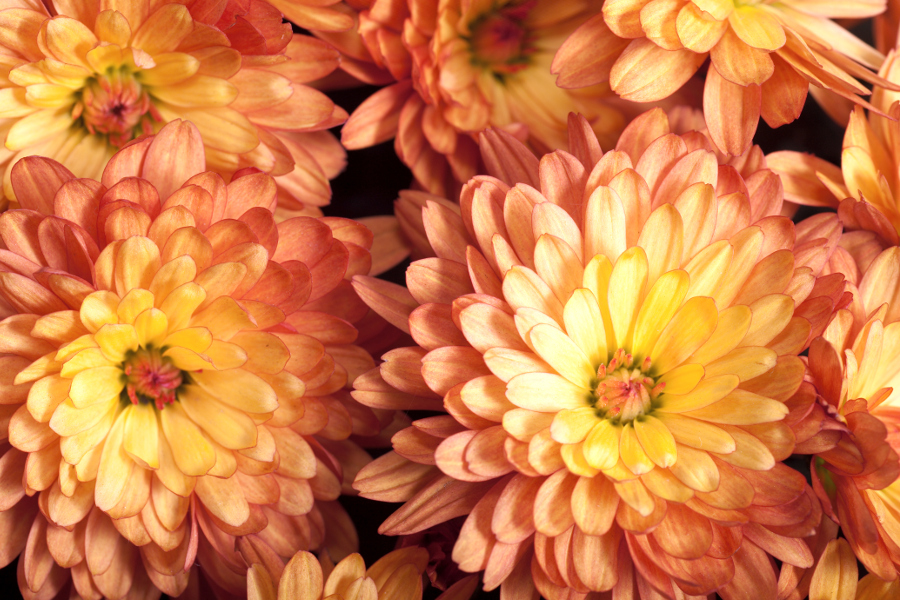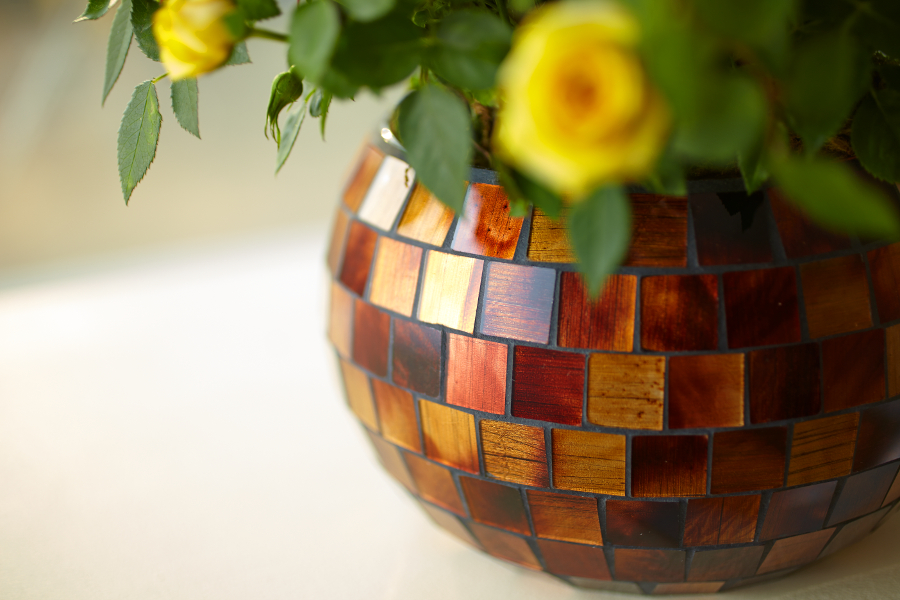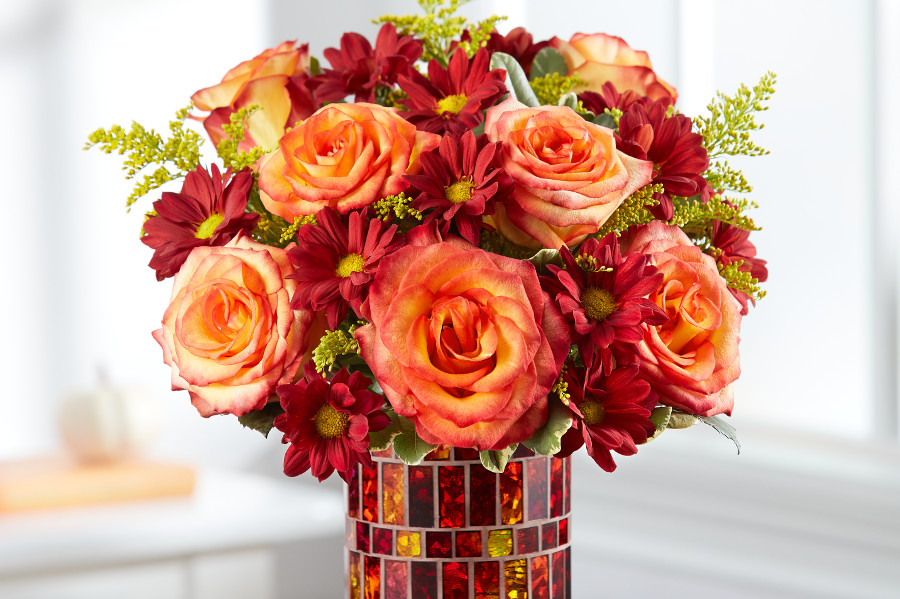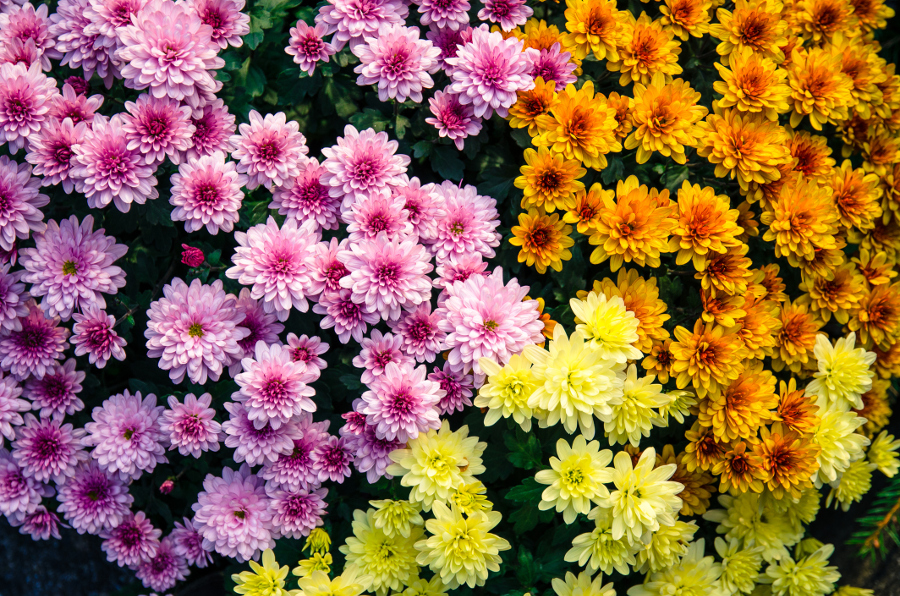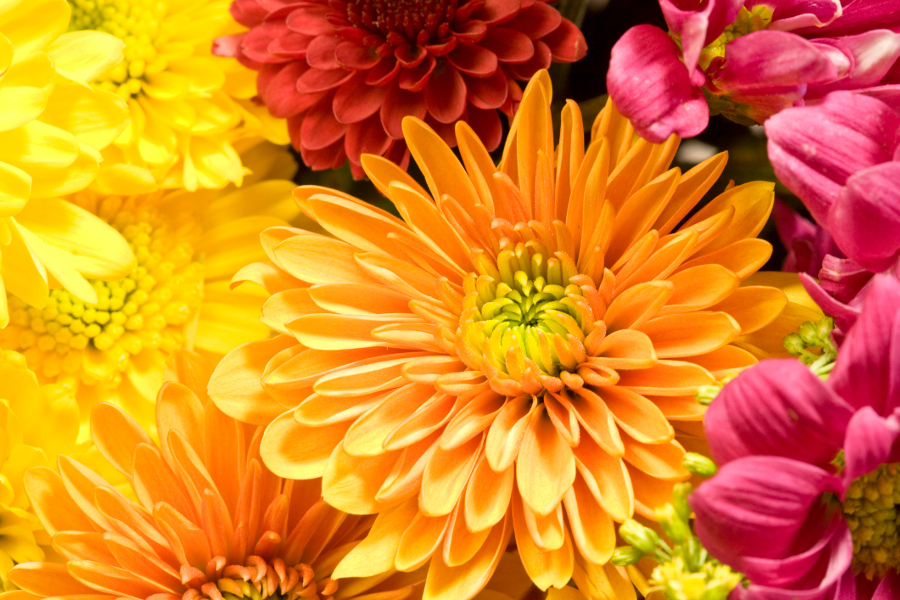“I’ll bring dessert.”
When going to a party, how many times have you opted for that easy out? All you have to do is stop by your local bakery section, pick up a tray of frosted cookies or mini cupcakes, and you’re all set, right?
But this scenario is not without its problems. Most cookie trays have a monotonous color scheme. The themes are also rote, usually limited to ideas such as football in the fall or flowers in the spring. On the palate, these kinds of cookies typically ring just one-note: super sweet. In the end, they’re like the substitute player who sits at the end of the bench and only comes into the game if it’s a blowout: utterly forgettable and eminently replaceable.
Instead, opt to make your own vivid fall dessert board that’s like the star quarterback, drawing people back to them again and again. With advice from Sarah Sutton, co-owner of Bite Into Maine, and Dewey LoSasso, corporate chef of Bill Hansen Catering, and using the autumn line from Cheryl’s Cookies, bacon-cheddar popcorn from The Popcorn Factory, and a multitude of products from Harry & David — including the Dried Fruit & Nut Tray, Milk and Dark Chocolate-Covered Cherries, Olive Oil & Sea Salt Crackers, and Signature Chocolate Truffles — I created these five easy steps to make a fall dessert board that’s sweet, savory, and offers plenty of textural contrast.
1. Choose your shapes, colors, and theme
“I prefer to use a long rectangular board for food displays in general because I feel like you can better tell a visual story with the linear shape,” Sutton says. In this case, I wanted to narrate New England’s leaf-peeping season, a popular time of year that not everyone is lucky enough to experience.
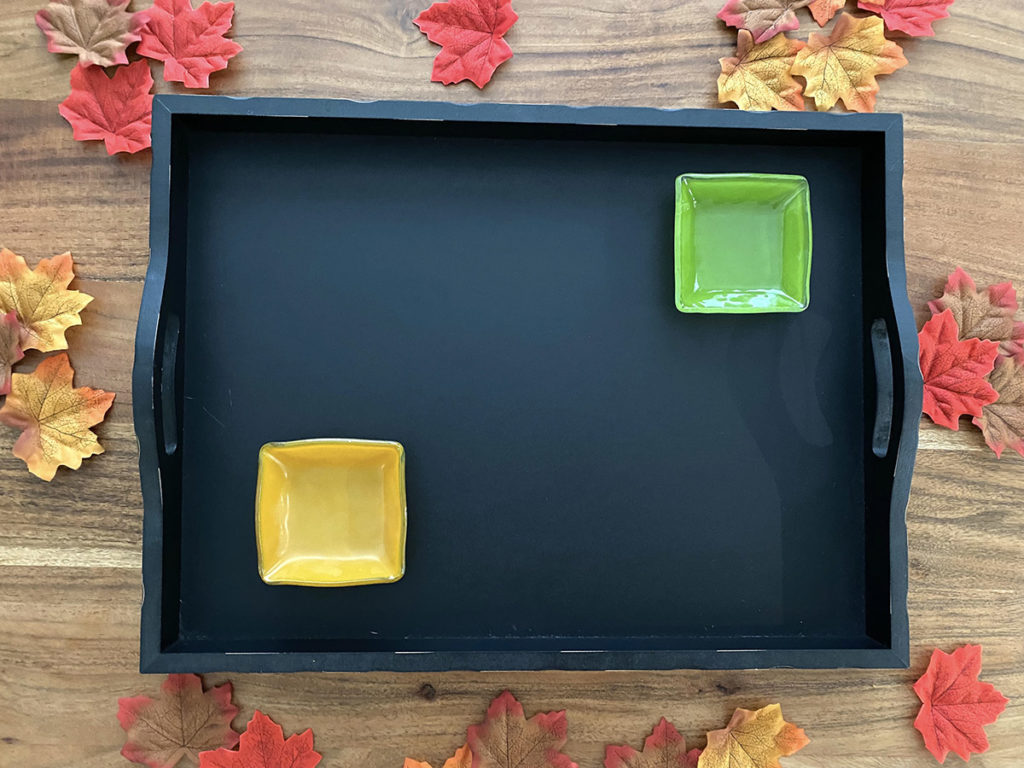
Sutton, who is based near Portland, Maine, suggests using red as an accent color. “Being in New England, we are blessed with an abundance of maple trees that turn an intense red in the fall,” she says.
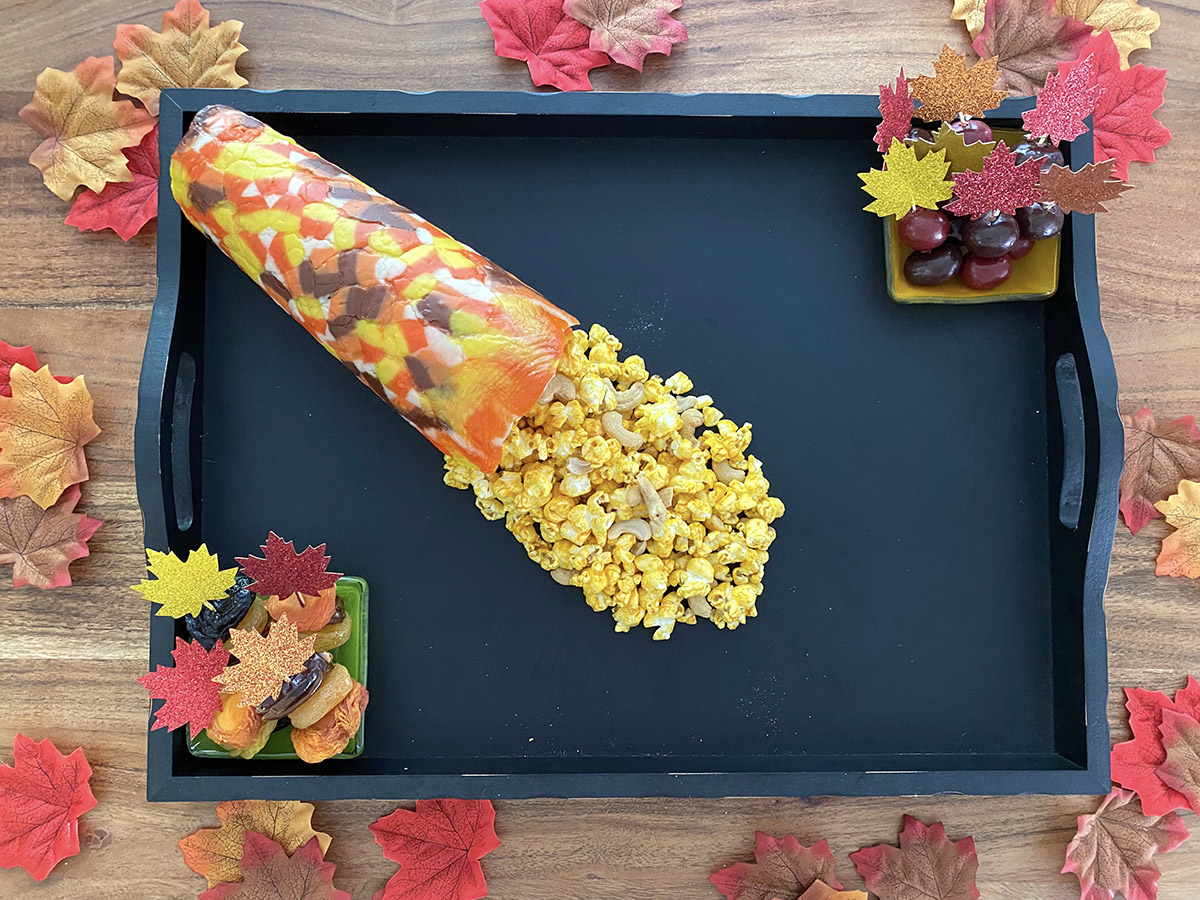
LoSasso adds that a recessed board with handles “takes care of spillage.” Based in vibrant Miami, he advises, “fall doesn’t mean dull. Think gold and amber and gold leaf and glitter.”
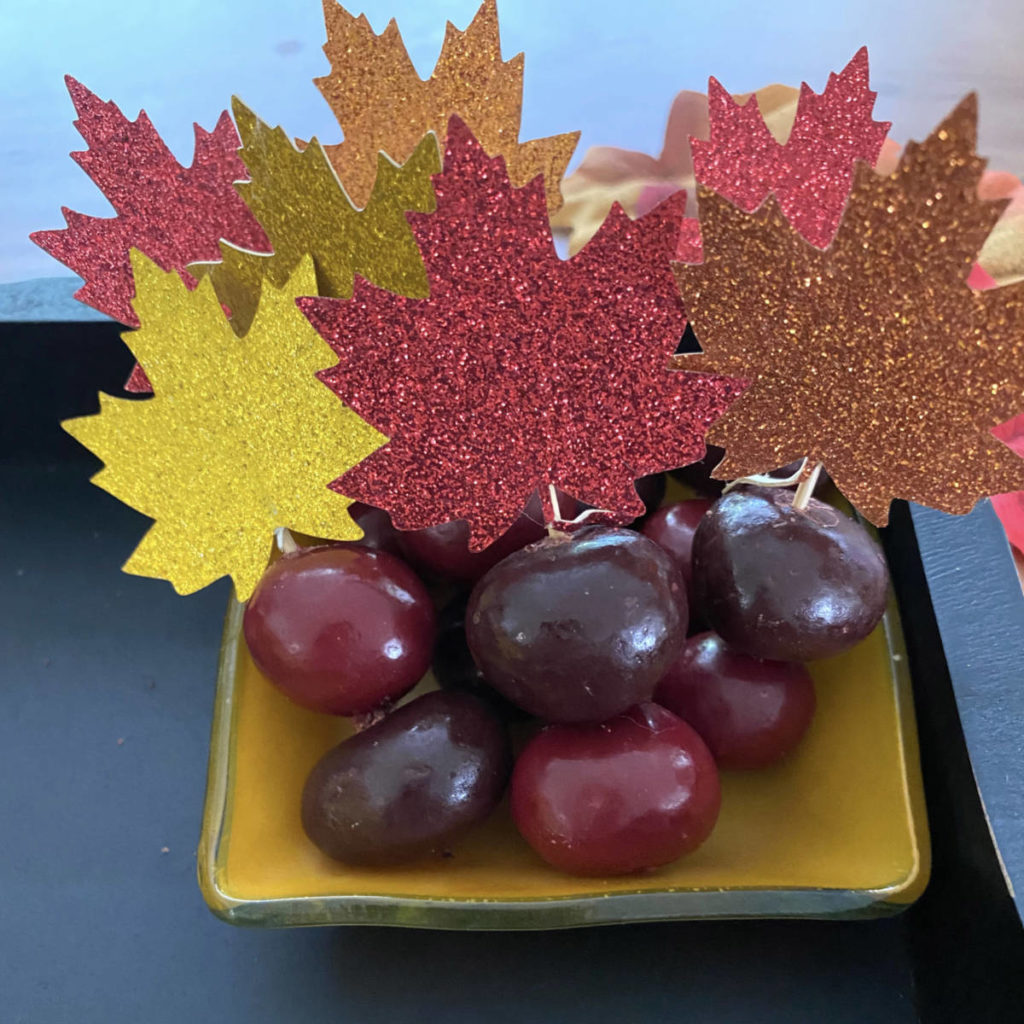
Keeping their comments in mind, I chose a recessed black tray for easy portability. I also employed glittery red, gold, amber, and brown maple leaf-topped toothpicks to make “kebabs” out of dried pears, peaches, Mediterranean and California apricots, dates, prunes, and chocolate-covered cherries. Then, I placed these in small colored dishes, one green and one orange, catty-corner to each other.
2. Remember seasonal holidays
LoSasso loves incorporating Halloween and Thanksgiving themes with pumpkins and gourds, which he hollows out and uses to hold things. He likes boards that are “vessel-oriented,” meaning they feature containers or receptacles that create different vertical layers to keep the eye interested, and recommends experimenting with everything from shot glasses to mason jars to produce this effect.
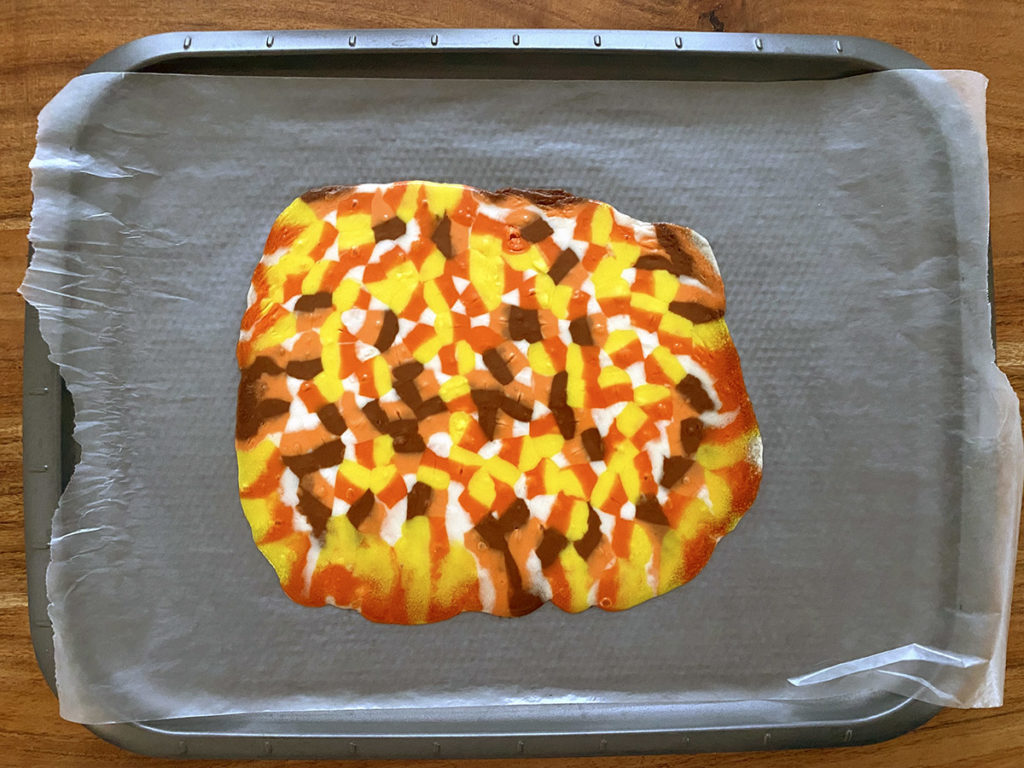
I needed such a vessel for the popcorn, so I created a candy “cornucopia.” To do this, I melted 10 ounces of candy corn on parchment paper in the oven at 300° F for 15 minutes.
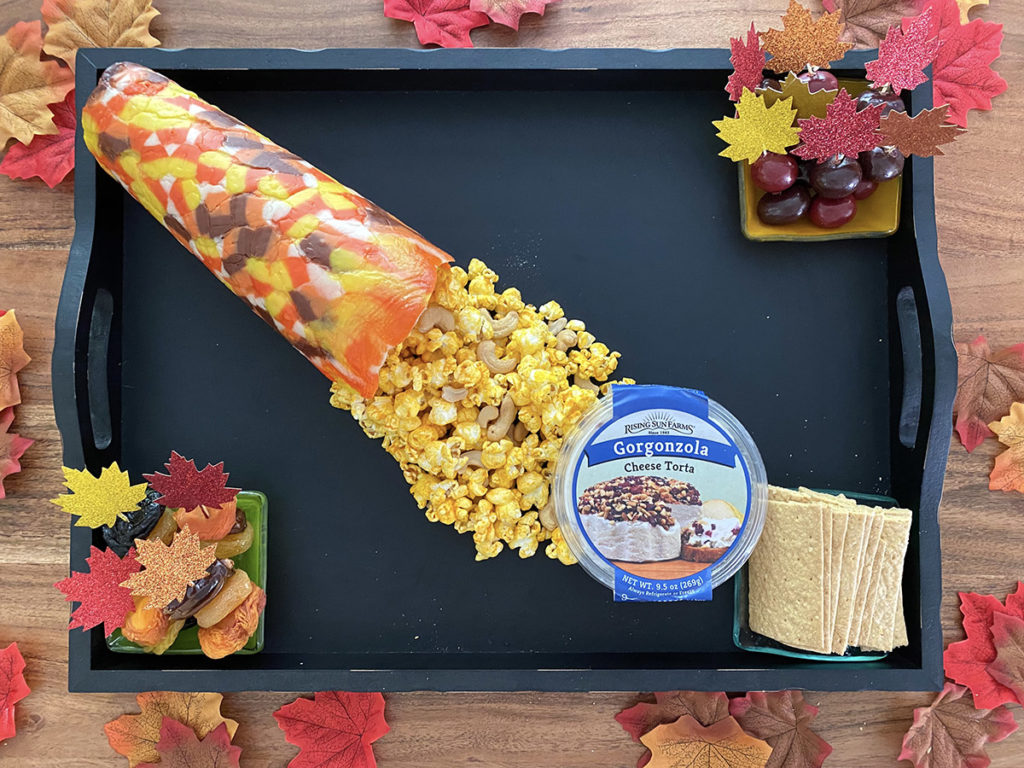
After it cooled enough to handle, I wrapped it around a pint glass and let it harden. (You can leave the glass or remove the glass; I kept it for better structural maintenance.) Then I overstuffed it with bacon-cheddar popcorn and roasted salted cashews. I set the cornucopia with the opening toward the middle of the tray so that I could control the spill, which I directed toward the pear-gorgonzola cream cheese torta. Behind that, I set a small dish filled with the crackers.
3. Contrast sweet with savory
At this point, I had a diagonal line of savory items intersecting the board. Sutton says, “It’s all about balance. Even with a sweet board, it is great to have some additional savory flavors to cut through.” These set the scene for the Cheryl’s cookies, with which I covered almost all the remaining spaces.
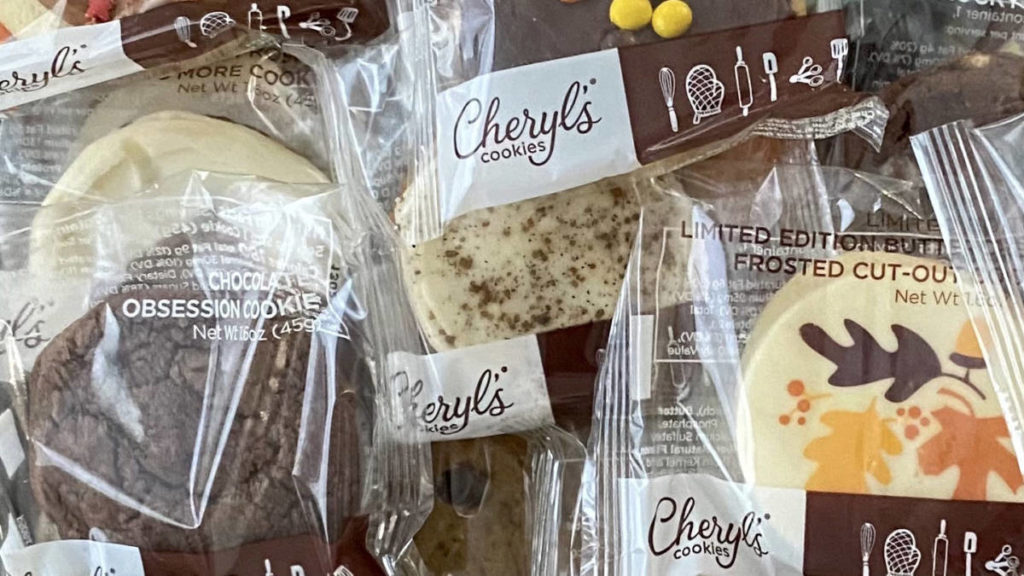
The flavors in the Cheryl’s fall line range from pumpkin and cinnamon to peanut butter and chocolate, all of which, LoSasso says, complement the bacon notes in the popcorn. The shapes and styles are diverse — some are bars, others are round and frosted, and still others are traditional chip-style cookies. The variety led me to both stack them and to lean them, interspersed, in a fallen domino-style effect.
Because Cheryl’s cookies arrive individually packaged, you can experiment with your layout without damaging any single cookie before you commit to a particular design.
4. Fill the remaining spots
I completed the tray with a small, white, decorative bowl, brimming with roasted, salted pistachios in the shell. “Salt enhances the taste and flavor of sweetness. Crunchy nuts and dried fruits can add another texture to the palate,” Sutton says.
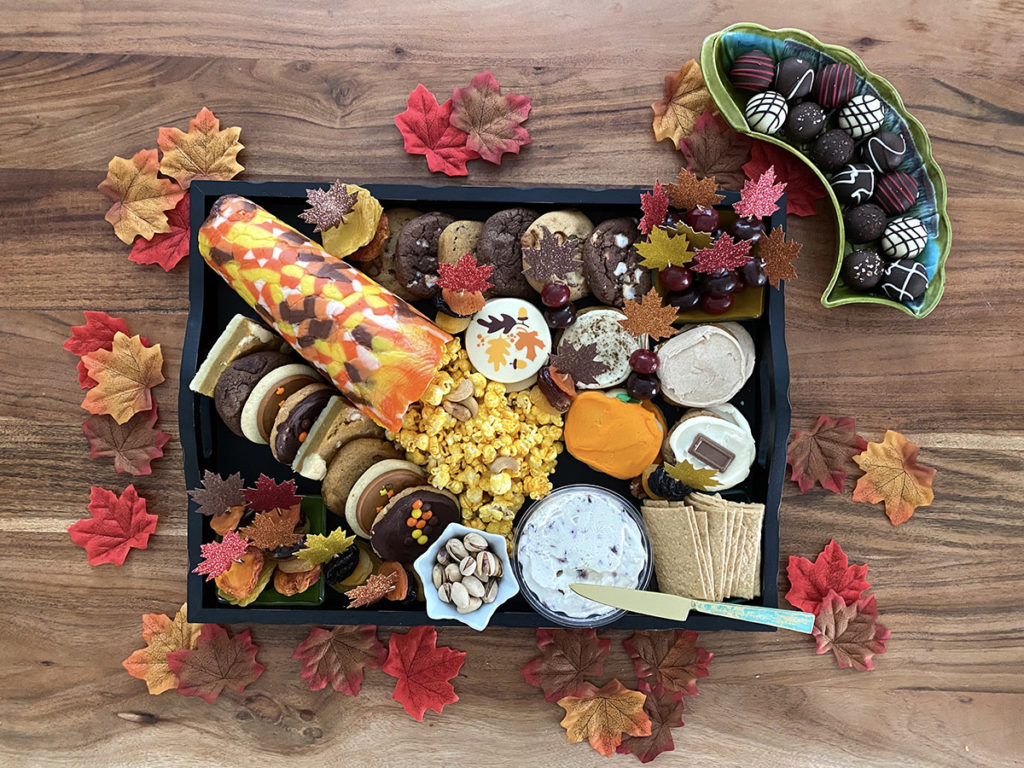
I could have also used natural almonds and scattered the pistachios on the table. LoSasso recommends using whole nuts as a part of the tablescape.
5. Think about the tablescape
Finally, I added more dried fruit and chocolate-covered cherry kebabs to cover any little holes. I also highlighted the truffles in a complementary dish that curved around the tray. Then, I scattered some maple leaves (you can use real or fake ones, depending on where you live) around the table, and added some cocktail napkins and utensils that offered a rose-gold leaf theme for just a bit more shine.
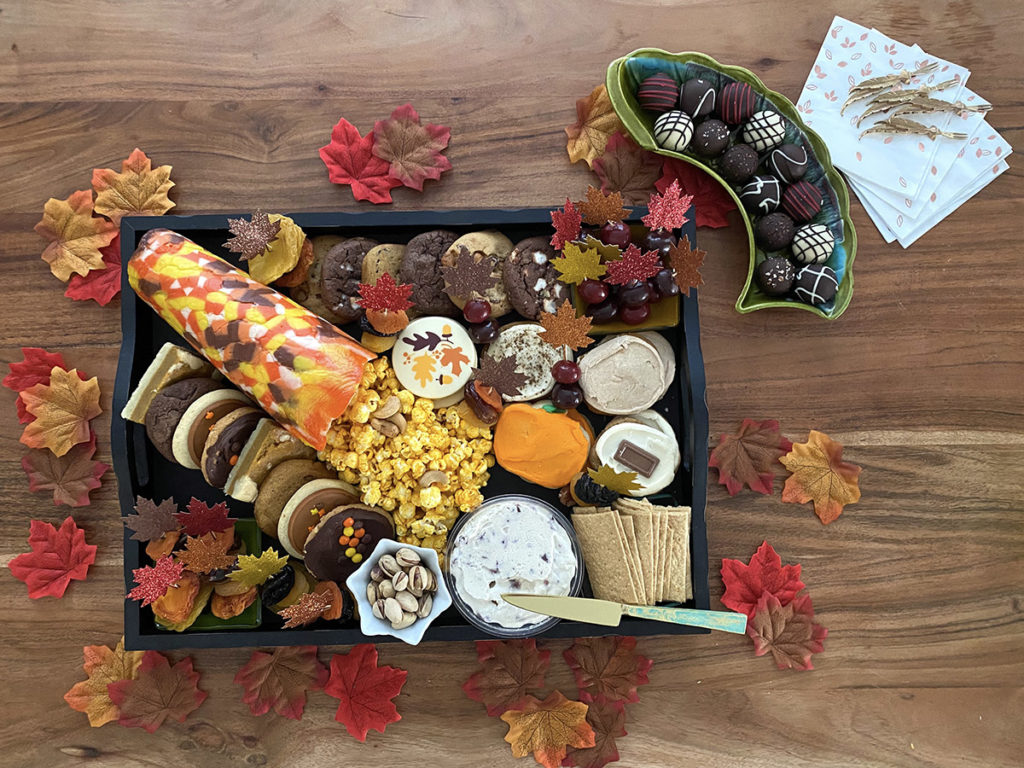
While you may not be able to make it to Vermont or Maine and view the golden light of the sun striking the red maples in person, you can re-enact the seasonal changes with your very own fall dessert board. All it takes is about an hour — the same amount of time it would take to drive to a store, pick up a generic cookie tray, and drive back again.
